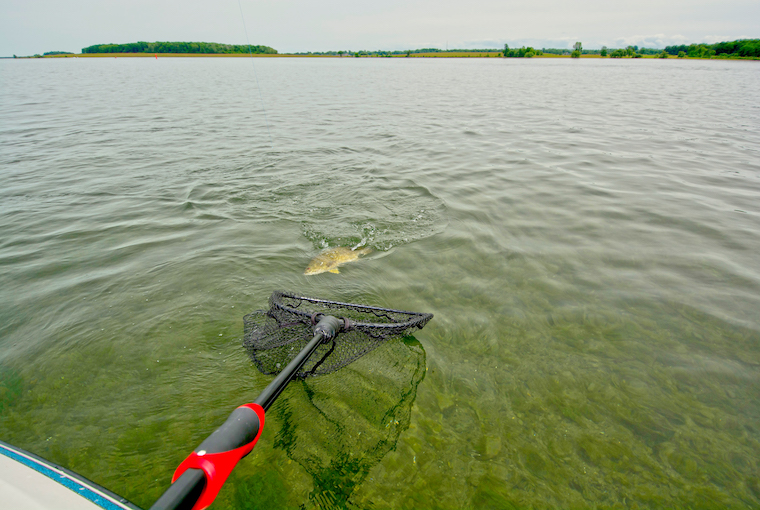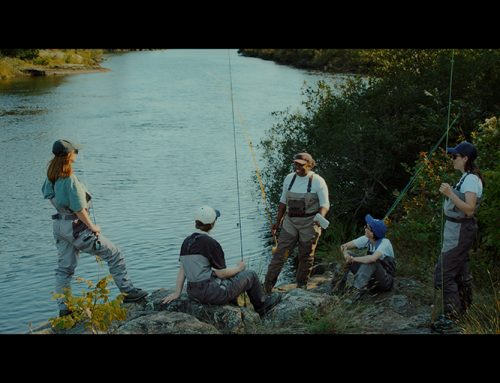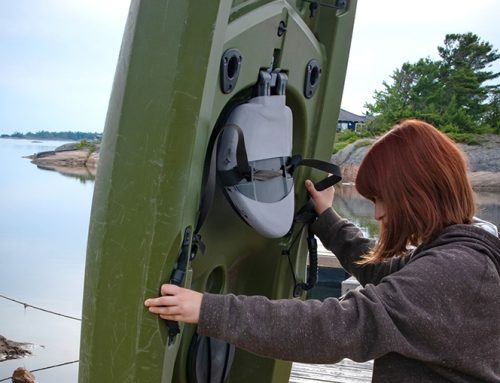
Move fast
Aside from exclamations like “Fire” and “Watch out,” nothing should get you moving faster in the boat than your fishing partner calling out, “Net!” That means get the net, and fast.
Anticipate
If your friend hooks a fish but stays quiet, ask if they want you ready with the net. Don’t dilly-dally while debating the situation ― just grab the net if there’s any chance it’ll be needed. Anticipate boat positioning. Maneuver the rig to ensure the best chance of landing the fish.
Start talking
Ask questions about how heavy the fish feels, along with its fighting intensity. Was it a good hook-set? This is useful information before maneuvering the net.
Get set
Now’s the time to extend the net if it’s a telescopic model. Keep it out of the water until it’s go-time. Stand near the other angler without cramping them. Stay nimble and be ready to adjust position based on the fish’s movements near the surface.
Mind the mesh
When using a deep net, pull back the bottom of the mesh and hold it with your hand closest to the hoop. This helps prevent snagging the net on a rod holder or other obstruction.
The angler calls the shot
To each their own, but I ask the angler playing the fish to tell me when they want their fish netted. “As soon as possible,” is a common reply.
The reason I defer to them comes back to what they’re feeling when playing the fish. For example, pike and smallmouth often make several quick kicks or tugs before taking a hard run or jump. Feeling these sensations is a hint a fish’s movements might get unpredictable and, thus, a bad time for the net. Or, if you’re the gambling type, go for it.
Pick your moment
When given the green light, net the fish at your first opportunity. Think of it like a hockey breakaway. Don’t overthink it, commit, make your move, and don’t hit the post (i.e., strike the fish with the hoop).
Anticipate where the fish’s going, plunge the net ahead of it, and scoop it up. Ideally, your partner leads the fish towards where you’re waiting with the net above the water.
Head first, always
It’s difficult for a fish to back away from a net coming towards them, which is why netting head-first is best. Netting a fish from behind or sideways works in a pinch but is dicey and gives fish easier escape routes. Expect feisty fish to change direction as the net approaches.
Keep fish wet
Immediately lift the hoop above the water to create a holding pen, keeping the fish in the water. Remove hooks boatside or hoist the net into the boat for the task.
Don’t panic
If you miss an attempt, regroup. Lift the mesh out of the water and be ready for another chance.
Don’t chase a fish with a net in the water. Drag on the mesh from water slows the effort. This also increases the chance of a hook snagging in the net and the fish getting away.
Ready for the next one
Wrap up by rinsing the net to clean it. Then return it to its storage spot for next time.
Originally published in the August 2022 issue of Ontario OUT of DOORS






Leave A Comment